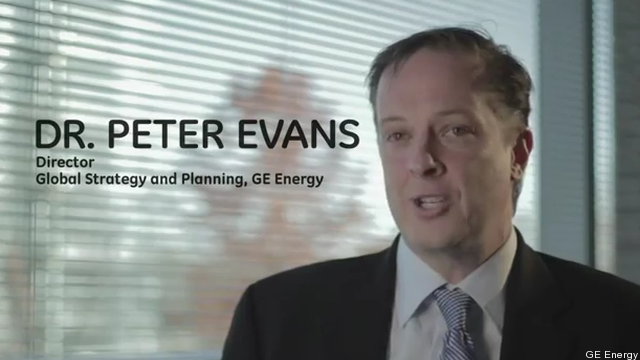BP has confirmed it will be closing down operations of 40-year-old BP Solar. Keep reading →
BP has confirmed it will be closing down operations of 40-year-old BP Solar. Keep reading →
Corn and soybeans are the major crops used to produce biofuels and are best grown in the corn belt, which is Midwest-based.
@ENERGY

As the United States continues attempting to wean itself off of foreign oil, the Department of Energy has been increasingly supporting alternative technologies.
Among the efforts has been the DOE’s support of ClearFuels-Rentech’s pilot-scale biorefinery in Commerce City, Colorado. Keep reading →

As the world’s population rises, food and energy resources will both become scarcer commodities.
Some are hoping that the food and energy sectors can work together to maximize the world’s resources through smart grid technology, biomass technology like food waste-to-heat electrical generators, biogas and ethanol, and water efficiency technology that will allow both agriculture and power companies to access much-needed water. Keep reading →

During the recent economic downturn, Springdale Lumber closed its timber mill in the already economically stressed Stevens County, an hour’s drive north of Spokane, Washington, leaving 25 employees without jobs.
When the Recovery Act offered business a chance for new life, local small business owners Dale and Sharon Borgford decided to reuse the mill–as an energy generation plant. The mill, in turn, will use recylced energy–from biomass–to produce electricity. For that they received $771,00 from the Recovery Act‘s DOE’s State Energy Program as well as $4 million from the US Forest Service. Keep reading →

As Congress spars over renewable energy incentives, a bright spot has emerged in an unlikely place: biomass to power in the Southeastern US.
Local actors have demonstrated an increasing demand for renewable energy, and, in a region lacking the solar resources of Arizona or wind of West Texas, biomass provides a cost-effective, base-load solution. Both the local and state governments, utilities, and even the US military, have taken steps towards utilizing an abundant local resource to not only generate power, but also fuel economic growth. Keep reading →

For employees of a company built on oil, Shell’s top energy forecasters have an unexpected enthusiasm for electric vehicles.
While the rest of the world has been watching its competitors struggle to access oil reserves in competition with state-owned firms, Shell has become the world’s largest distributor of biofuels, a company that is on the verge of producing more natural gas than oil, and an advocate for pricing carbon dioxide, the greenhouse gas associated with global warming. Keep reading →

As Americans stock up on Turkey meat for Thanksgiving dinners, farmers scramble to feed those families. When its all over, they will be left with not only some profit but also with mounds of a less heartwarming byproduct: turkey litter.
Of the various kinds of poultry, turkeys produce substantially higher amounts of waste because they tend to be larger. Having recognized this several years ago, the US Department of Agriculture has been encouraging farmers to convert turkey litter into energy by using the methane gas in the waste to create electricity. Keep reading →
Continental Airlines flight is first in U.S. to use biofuel bit.ly/ry3i2c @FlyInsider

The ethanol and biofuels markets are set for major change as tax benefits and other subsidy programs expire and face high barriers to renewal in an era of contracting federal budgets.
The changes for the ethanol business will be “dramatic,” former Senate majority leader Tom Daschle told the CME Global Financial Leadership Conference in Naples, Florida. Keep reading →
